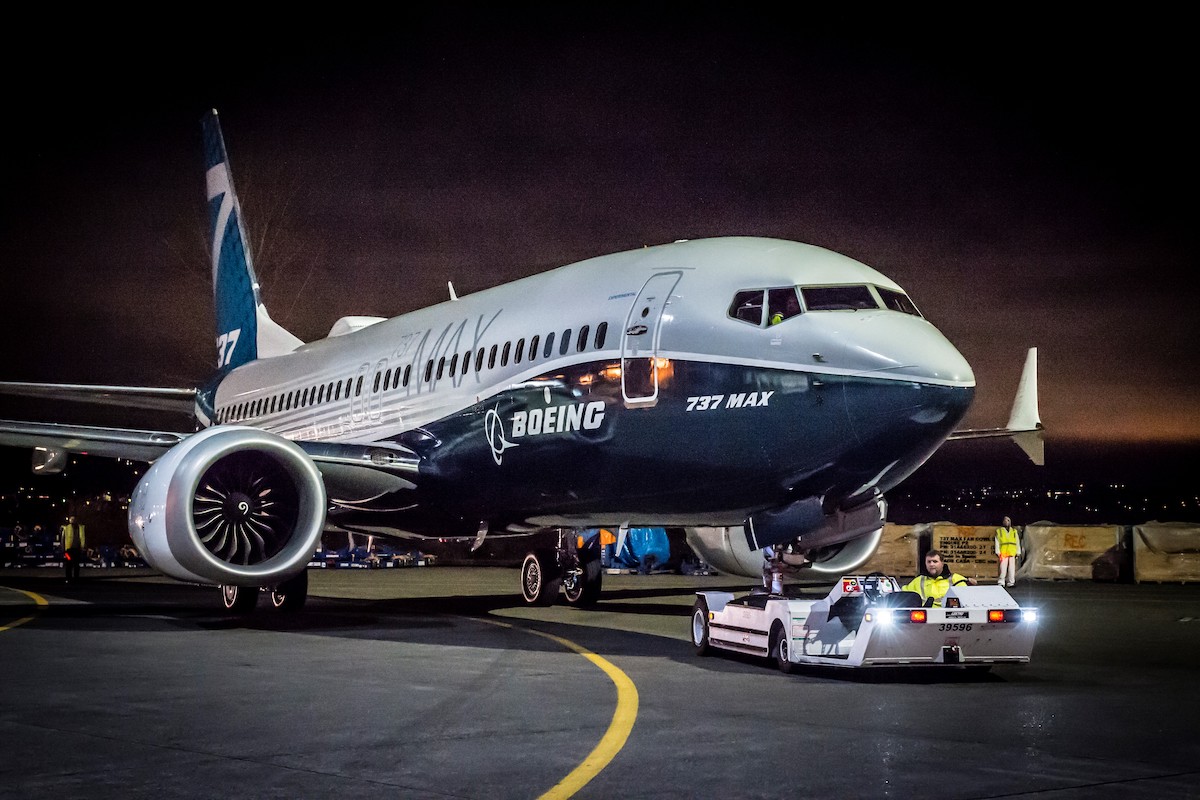Airbus and Boeing Aircraft Delivery Delays Likely to Worsen: Udvar-Hazy

Photo Credit: Boeing
Air Lease Corp. is taking new Airbus A321neo aircraft at least six to seven months late due to a myriad of production and supply chain issues facing the European airframer. But that’s not a one-off problem. More broadly, neither Airbus nor Boeing are delivering planes on time, and it’s only getting worse, said ALC Executive Chairman Steven Udvar-Hazy.
“Every plane last year and this year is delayed,” he said at the Skift Aviation Forum on Wednesday, naming Airbus A330s and A350s, as well as Boeing 737s and 787s. “I think they’ll get worse before they get better.”
Lessors and airlines have been calling out the big planemakers for delays for nearly a year now. But, in a spirit of optimism from both Airbus and Boeing, executives have repeatedly suggested that they were about to turn the corner on production issues. That does not appear to be the case, with Udvar-Hazy agreeing that the airframers may not be able to meet their contractual delivery schedules until at least 2023 or 2024.
The delivery issues have forced many airlines to extend leases on older aircraft they intended to retire. They're also forced to fly less than they'd like. Many carriers had hoped to boost capacity and improve fuel efficiency, thus cutting operating expenses, with newer models this year. Udvar-Hazy said carriers are renewing more than 90 percent of their leases with ALC currently, or well above the historic rate of around 60 percent.
And the capacity constraints are very real. Southwest Airlines, a large 737 Max customer, had intended to recover the schedule depth — those hourly or near-hourly frequencies, for example, that it flew on many shorter routes before the pandemic — this year after adding 18 new cities in 2020 and 2021. Those plans were extended well into 2023 due to numerous issues, including delays getting new aircraft from Boeing, Southwest Vice President of Network Planning Adam Decaire said at the forum.
“We are now forced to be disciplined on capacity because we cannot put [planes] into the air,” Lufthansa Group CEO Carsten Spohr said in October. That forced discipline was the result of multiple issues but delayed aircraft deliveries weighed heavily. Lufthansa will even bring its Airbus A380s back next year — it "retired" them during the pandemic — in order to meet the travel demand amid delays getting new Airbus and Boeing widebodies.
The upside for airlines is that limited supply in a high demand environment directly translates to higher yields, which at many carriers are up double digits compared to 2019. However, capacity discipline also has cost implications and many airlines are also seeing elevated cost growth.
One issue affecting Southwest is the not-yet certified 737-7. The U.S. Federal Aviation Administration has indicated that this is unlikely to occur until next year, but that means Boeing will need a Congressional extension on its waiver from new cockpit safety rules that expire at the end of December. An extension was reportedly included in a defense funding bill in October but later pulled.
Udvar-Hazy, commenting on the certification of the Max 7 and its larger sibling the Max 10, said the latter aircraft “is a little bit more complicated, in terms of systems and aerodynamics, than the 737-7. The -7, which is the baby brother of the -8, is going to be a little bit more straightforward.”
He did not commit to a timeline, only saying that it was up to the FAA and the European Union Aviation Safety Agency, or EASA.
“Southwest is certainly making a strong case in Washington,” Udvar-Hazy said.
But the delays are bad for Boeing. Airbus has already captured the majority of the large single-aisle market with the A321neo and its long-range variants, the A321LR and A321XLR. The 737-10 is Boeing’s response to the plane though it is widely agreed that the Airbus jet is the more capable of the two. Sales of the Max 10 are largely, though not entirely, limited to North America where Delta Air Lines, United Airlines, and WestJet have hundreds of orders for the aircraft.
“Boeing has to be in that market,” Udvar-Hazy said of the large narrowbody segment. “They can’t give up more market share. It’s already close to like 60-40 and, at the rate things are going, it’s going to be like low 60s to high 30s … [It’s] not an ideal situation for airlines and the customers. You want to have an equilibrium between these two giants.”
The Max 7 and 10 are not Boeing’s only challenges. The 777X, its only major new aircraft program, is already five years late and millions of dollars over budget. Udvar-Hazy expects the airframer will “probably lose money on every airplane” due to the costs. However, he does expect Boeing to pick up more orders for the 777-8 and -9 from the large number of existing 777 customers around the world.
Boeing has firm orders for 394 777X aircraft, including from Lufthansa, Qatar Airways, and Singapore Airlines, according to the company's Orders and Deliveries summary.
One area where Udvar-Hazy was not as pessimistic as one would expect was on Boeing CEO Dave Calhoun’s recent comments that the airframer is unlikely to develop a new green-sheet aircraft until the 2030s.
“Why would a company invest $15-20 billion to develop an airplane that is essentially today’s technology with maybe a few percentage points improvement in fuel and environmental economics,” he said. “There’s not a meaningful step-change improvement achievable with the current platforms that are out there today.”
